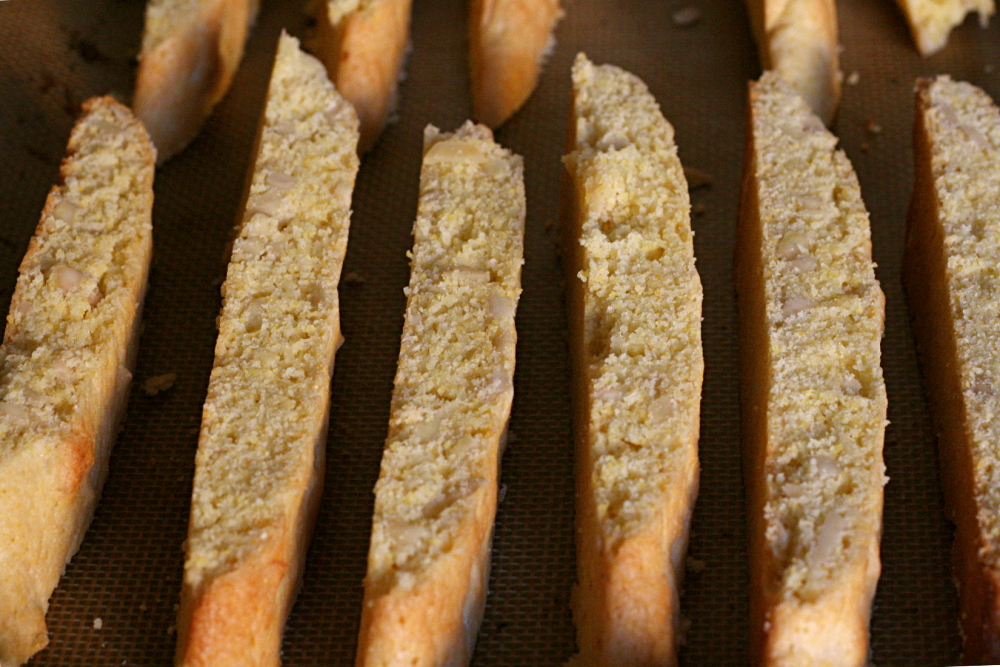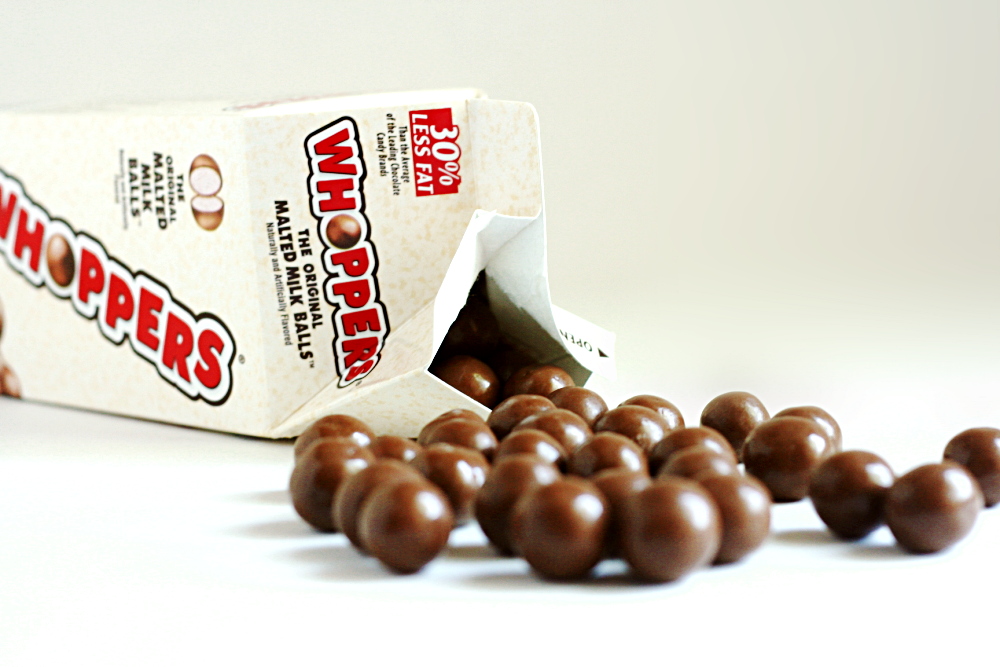I’ve been avoiding buying apples so far this fall. I like them, quite a bit in fact, but I have to pace myself. I eat a lot of fruit, and apples are pretty much the only fruit in season for a good portion of the year. I try to maximize my opportunities to eat the fruit with shorter seasons. But it’s getting to be time to move on to apples, and what better way to kick off apple season than with cheesecake? I should start using every fruit in cheesecake to kick off its season.
Tuesdays with Dorie made this cheesecake long before I joined, and it definitely contributed to my eventual purchase of the book. I don’t know why apple cheesecake never occurred to me before, but what a fantastic idea. Dorie has tweaked traditional cheesecake to include brown sugar, cinnamon and apple cider, and I’m sure you can imagine how well that compliments the apples.
The recipe went off without a hitch, despite making just 1/6 of it in a tiny but cute springform pan. With three components, it isn’t the quickest recipe to put together, but it’s worth it even before the cheesecake – because you also get to eat the batter. My favorite is when it’s just cream cheese and sugar, but I make sure I test every stage.
The cheesecake is delicious, although I think I’ll slice the apples a lot thinner next time because I’m picky about texture. Dorie describes the texture as middle-of-the-road as far as cheesecakes go, and I think she’s right on; it’s not exceptionally dense. The mini-cheesecake was a mistake, because I definitely did not get enough.
PS – The apples decoration on top was shamelessly copied from foodie bride.
Brown Sugar-Apple Cheesecake (from Dorie Greenspans’s Baking: From My Home to Yours)
For the Crust
30 gingersnaps (or a scant 2 cups graham cracker crumbs)
2 tablespoons light brown sugar
½ teaspoons ground cinnamon (optional)
½ stick (4 tablespoons) unsalted butter, melted
For the Apples
½ stick (4 tablespoons) unsalted butter
3 large Golden Delicious or Fuji apples, peeled, cored and cut into eighths
2 tablespoons (packed) light brown sugar
For the Filling
1½ pounds (three 8-ounce packages) cream cheese, at room temperature
¾ cup (packed) light brown sugar
6 tablespoons sugar
3 tablespoons apple cider
2 teaspoons pure vanilla extract
2 teaspoons ground cinnamon
3 large eggs
¾ cup sour cream
⅓ cup heavy cream
Apple jelly, for glazing, or confectioner’s sugar, for dusting (optional)
To Make the Crust:
Butter the bottom and sides of a 10-inch springform pan.
Put the gingersnaps in a food processor and whir until you have crumbs; you should have a scant 2 cups. (If you are using graham cracker crumbs, just put them in the food processor.) Pulse in the sugar and cinnamon, if you’re using it, then pour over the melted butter and pulse until the crumbs are moistened. Turn the crumbs into the springform pan and, using your fingertips, firmly press them evenly over the bottom and up the sides of the pan as far as they’ll go. Put the pan in the freezer while you preheat the oven. (The crust can be covered and frozen for up to 2 months.)
Center a rack in the oven and preheat the oven to 350 degrees F.
Remove the pan from the freezer and wrap the bottom tightly in aluminum foil, going up the sides. Place the pan on a baking sheet and bake for 10 minutes, or until the crust is set and lightly browned. Transfer to a rack to cool while you make the apples and the filling. Leave the oven at 350 degrees F.
To Make the Apples:
Melt 2 tablespoons of the butter in a large nonstick skillet over medium-high heat. When the foam subsides, toss in half of the apple slices and cook, turning once, until they are golden brown, about 3 minutes. Sprinkle the apples with 1 tablespoon of the sugar and cook them, turning, just until coated, another minute or so. Scrape the apples onto a plate, wipe out the skillet and repeat with the remaining apples. Let the apples cool while you make the filling.
Getting Ready to Bake:
Have a roasting pan large enough to hold the springform pan at hand. Put a kettle of water on to boil.
To Make the Filling:
Working with a stand mixer, preferably fitted with a paddle attachment, or with a hand mixer in a large bowl, beat the cream cheese on medium speed, scraping down the bowl often, for about 4 minutes, or until it is velvety smooth. Add the sugars and beat for another 2 minutes. Beat in the cider, vanilla, and cinnamon. Reduce the speed to low and beat in the eggs one by one, beating for 1 minute after each egg goes in. Finally, beat in the sour cream and heavy cream, beating just until the batter is smooth.
Pour about one third of the batter into the baked crust. Drain the apples by lifting them off the plate with a slotted spoon or spatula, and spoon them into the pan. Cover with the remaining batter and, if needed, jiggle the pan to even the top. Place the springform pan in the roasting pan and pour in enough boiling water to come halfway up the sides of the springform pan.
Bake the cheesecake for 1 hour and 30 to 45 minutes, covering the cake loosely with a foil tent at the 45-minute mark. The cake will rise evenly and crack around the edges, and it should be fully set except, possibly, in the very center-if the center shimmies, that’s just fine. Gently transfer the cake, still in the pan, to a cooling rack and let it cool to room temperature, then refrigerate it for at least 6 hours; overnight would be better.
Run a blunt knife around the edges of the pan to loosen the crust, open the pan’s latch and release and remove the sides.



























































